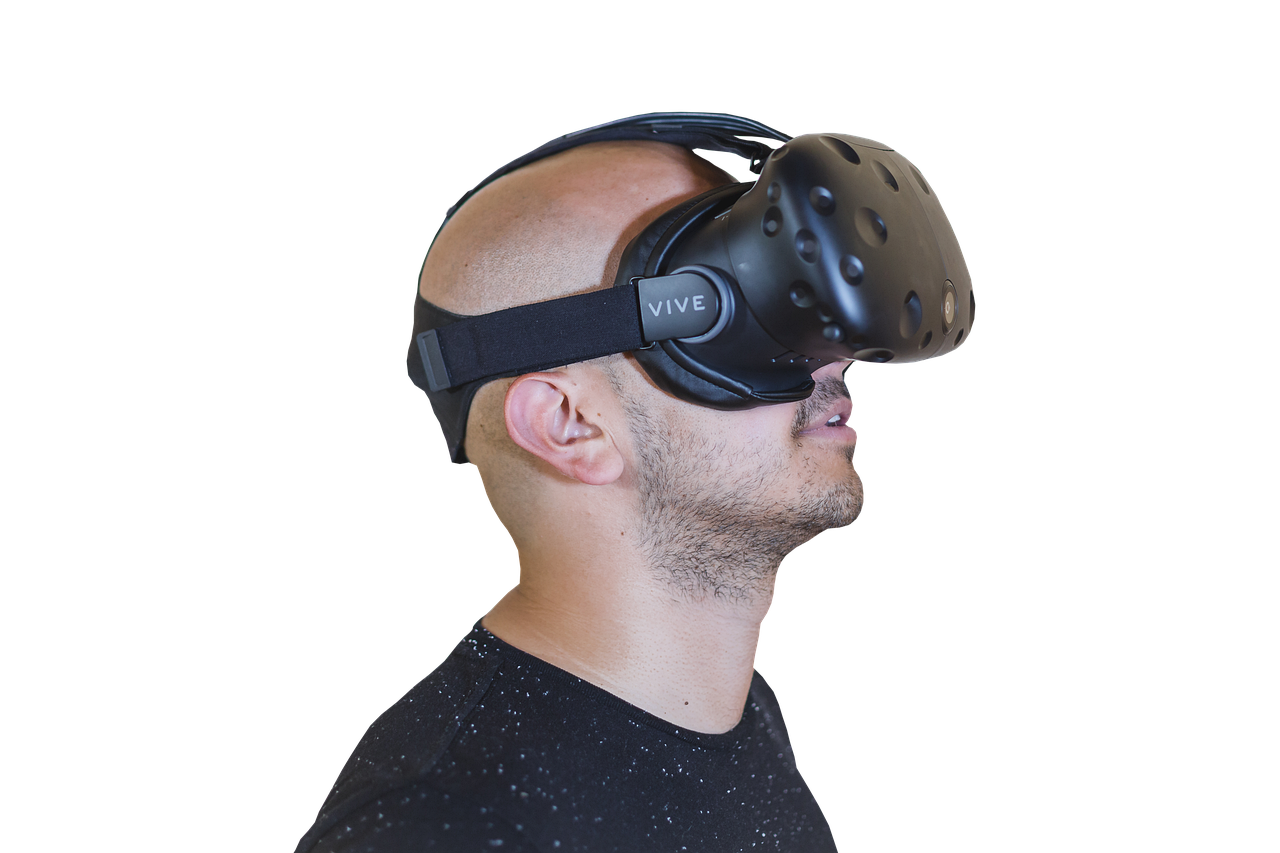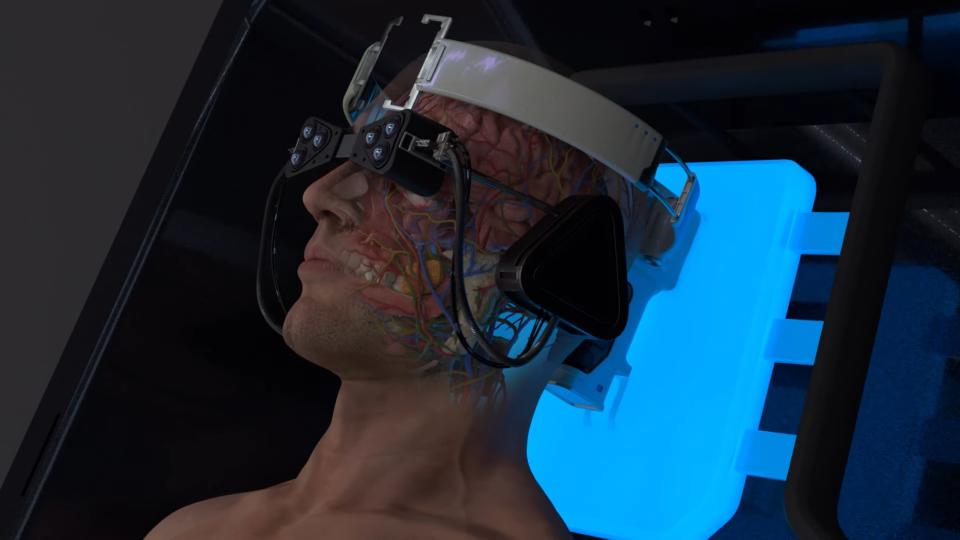AI Links Wearable Alerts to Pre-Claim Interventions: Transforming Healthcare and Insurance Industries

As wearable technology becomes increasingly integrated into our daily lives, its potential to revolutionize healthcare and insurance industries continues to grow. Recent advancements in artificial intelligence (AI) have enabled the linkage of wearable alerts to pre-claim interventions, offering unprecedented opportunities for early detection and prevention of health issues. This development represents a significant shift towards proactive healthcare management, with implications for reducing costs and improving patient outcomes globally.
Wearable devices, such as smartwatches and fitness trackers, have evolved beyond basic fitness monitoring to include sophisticated health tracking capabilities. These devices can measure a range of biometric data, including heart rate, sleep patterns, and blood oxygen levels, providing users with real-time health insights. When combined with AI, this data can be analyzed to identify patterns and anomalies that may indicate underlying health issues.
AI algorithms excel at processing vast amounts of data, identifying trends, and predicting outcomes. By applying these capabilities to data collected from wearables, AI can alert users and healthcare providers to potential health concerns before they become critical. This proactive approach allows for timely interventions, which can prevent minor issues from escalating into serious health problems, thereby reducing the likelihood of hospital admissions and expensive medical claims.
Globally, healthcare systems and insurance companies are recognizing the value of integrating AI-driven wearable alerts into their strategies. For instance, in the United States, some insurance companies offer incentives for policyholders who use wearables, encouraging healthier lifestyles and providing a wealth of data for more personalized risk assessments. Similar initiatives are being explored in Europe and Asia, where governments and private insurers are collaborating to leverage technology for better healthcare outcomes.
Implementing AI-linked wearable alerts involves several key components:
- Data Collection: Wearable devices continuously gather health-related data, which is securely transmitted to the cloud for analysis.
- AI Analysis: Advanced AI models process the collected data, identifying deviations from normal health patterns and potential risk factors.
- Alerts and Notifications: When AI detects a significant health anomaly, it sends alerts to the user and their healthcare provider, prompting further investigation or intervention.
- Pre-Claim Interventions: Early alerts allow healthcare providers to offer timely interventions, reducing the likelihood of more severe health issues and associated insurance claims.
Despite the promising potential of this technology, several challenges remain. Privacy concerns are paramount, as the continuous collection and transmission of sensitive health data necessitate robust security measures to protect user information. Additionally, the accuracy of AI predictions is contingent upon the quality and volume of data available, which highlights the importance of widespread adoption and user engagement with wearable technology.
Moreover, the integration of AI and wearables into healthcare systems requires collaboration across multiple sectors, including technology companies, healthcare providers, insurers, and regulatory bodies. Establishing standardized protocols and interoperability between different systems is crucial to ensure seamless data sharing and effective implementation of pre-claim interventions.
In conclusion, the convergence of AI and wearable technology represents a transformative opportunity for healthcare and insurance industries. By enabling early detection and intervention, AI-linked wearable alerts have the potential to improve health outcomes, reduce medical costs, and enhance the overall quality of life for individuals worldwide. As technology continues to advance and adoption grows, stakeholders must work collaboratively to address challenges and fully realize the benefits of this innovative approach to healthcare management.














